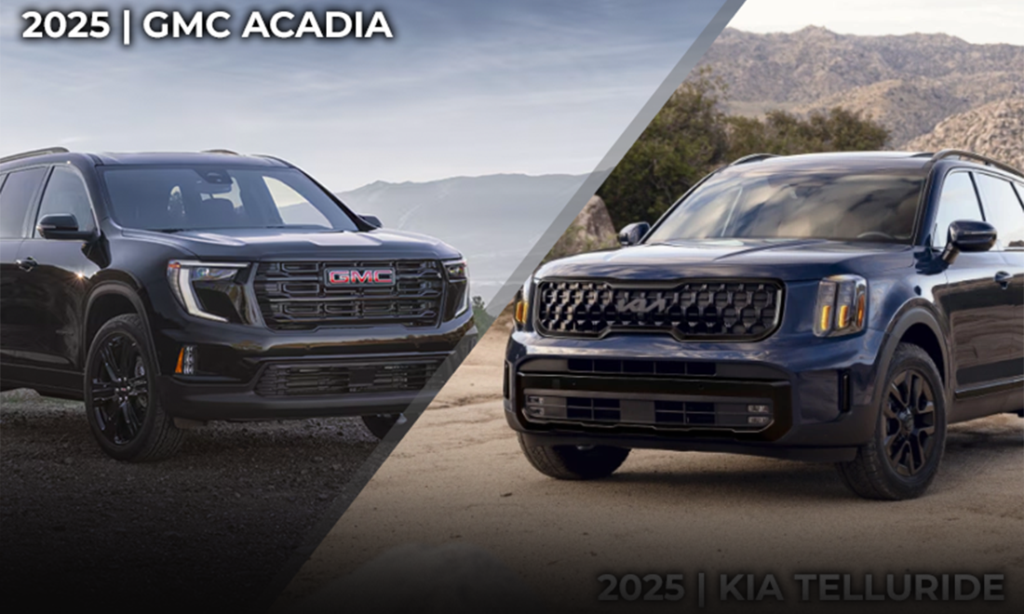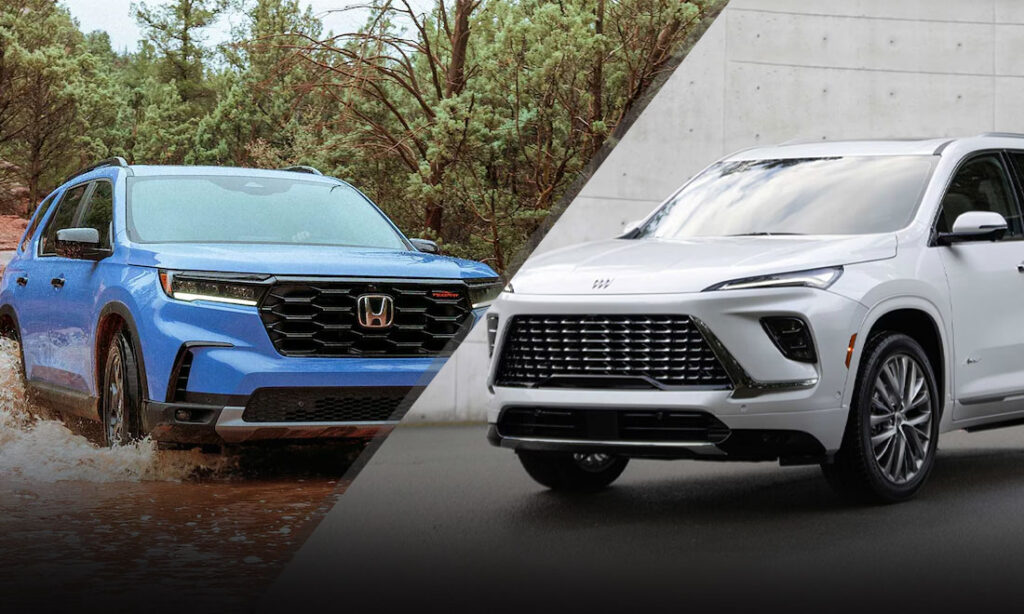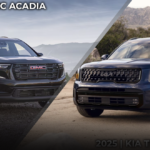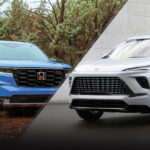Critics’ Choice: Timeless Car Designs
Some cars define their era. Some cars look better in retrospect. Truly exceptional automotive designs transcend their origins and become timeless.
The Test of Time
Defining a car as “timeless” be a tricky affair. Some cars are timeless because they did not change much over their run. The Citroën 2CV, for example, was pretty much the same darn car for over forty years. Other cars might defy time by being so far ahead of contemporary design like the Lamborghini Countach. Looks as good today as it did when it came out is a trite observation, but that doesn’t make it any less apt. What makes a car truly timeless is the uncanny ability to be both definitive of a specific automotive era and still look remarkable today. To test this definition, we’ve challenged our writers to find the most spectacular of timeless car designs.
Jesse McGraw
1965 Ford Mustang Fastback
Short List
1965 Austin Mini Cooper
1978 Chevrolet C/K 10
1993 Mazda RX-7
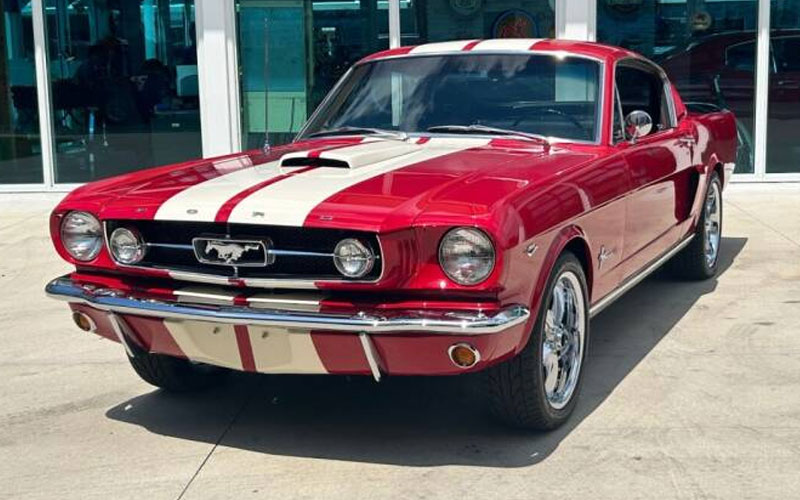
There are a lot of classic designs that still look great even today. Chevy Square Bodies are still a big fan favorite, the RX-7 will always be a beautiful machine, and the Mini Cooper was the beginning of the hatchbacks and compact SUVs that are common on the roads today. These old cars may not have modern technology like the other cars out on the road (unless you count restomods), but they’re still timeless pieces of automotive history driving around.
Narrowing my choice down to one vehicle was hard, but I found that the original Ford Mustang fastback may be the ultimate timeless car design. It looks fast, clean, and mean. This was the car that helped kick off the Pony Car craze and that also encouraged automakers to craft exciting cars for young people instead of just family haulers. The long hood with the short deck paired with that slope in the roofline created one of the most iconic and successful cars ever. Even the front and rear facias have become idolized for their simplistic yet perfect looks.
This great design coupled with the huge initial sales numbers is what led to a lot of Ford’s competition to take notice and begin to make their very own Mustang imitations. Ford themselves are even guilty of copying off their original Mustang as they tried to bring this look back with the fifth generation of the Mustang and have since tooled their car’s design to continue the iconic shape in some form.
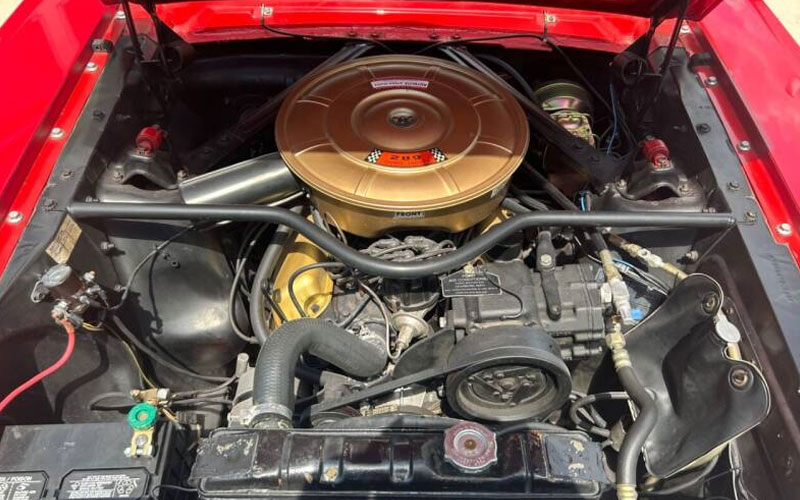
For my pick, I found this 1965 Ford Mustang fastback finished in Poppy Red with white racing stripes for sale on Carsforsale.com. It’s a great example of why this design has stood the test of time. The finish on this restoration is impeccable and it’s been kept almost entirely true to era form. They’ve even kept the engine bay in nearly pristine, virtually untouched condition. That C-Code 289 CID V8 with the gold air cleaner on top looks almost exactly as it would have been nearly 60 years ago out on the Ford showroom floor.
If you’re looking for a classic car that’s always going to look great and has a significant amount of history behind it, look no further than these original Ford Mustangs!
Chris Kaiser
1991 Ferrari F40
Short List
1974 Porsche 911
1959 Cadillac Series 62
1962 Lincoln Continental
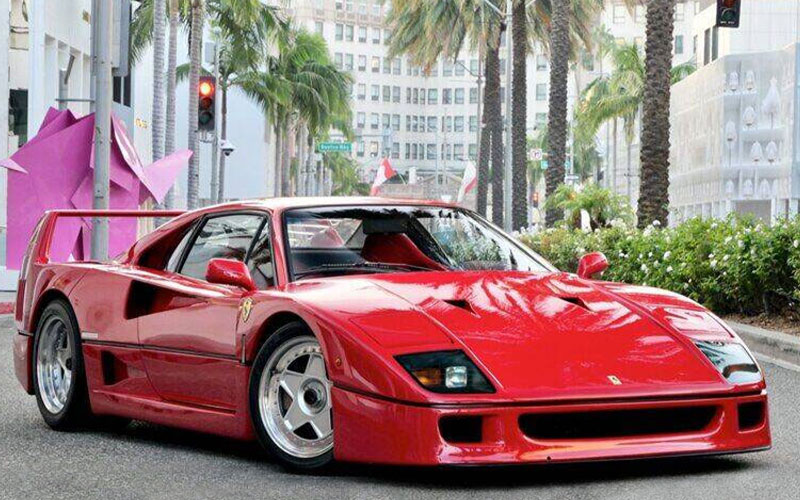
When I think of timeless cars, I think of ones like the BMW 2002. That car is clearly a 1960s car, and yet its design so characterful, balanced, and proportioned that it looks darn good rolling down the street today. As rarified as “timelessness” might be, there are a good number of true classics that might qualify.
On the “defining their era” side of the scale I place the 1959 Cadillacs and 1961-64 Lincoln Continental. The ’59 Caddy is the zenith of the chrome and fins craze of the 1950s, the crest of the wave with ornate grille, its double quad headlights and double-bullet taillights, its extreme length even in coupe form. The Lincoln Continental of just a few short years later is a much different bird. The early ‘60s Continental is elegantly reserved; its lines do not swoop or curve they are instead arrow straight and seem to go on forever. The Continental is one big slab of a car with wheels and a hood ornament and it’s as striking today as it was when it proclaimed a turning of the page on the overwrought stylings of the 1950s.
Even more transcendent however is the Porsche 911. Its basic look has been painstakingly preserved across sixty years of production even as the car has grown and evolved in so many ways. Each generation has its own charms; even the 996-generation 911 with its “fried egg” headlights borrowed from the then new Boxster. For me, that sweet spot of timelessness for the 911’s many guises resides with the G-Series generation running from 1973 through 1989. Unique in its proportions, simple and purposeful in execution, the G-Series 911 is for me the definitive sports car.
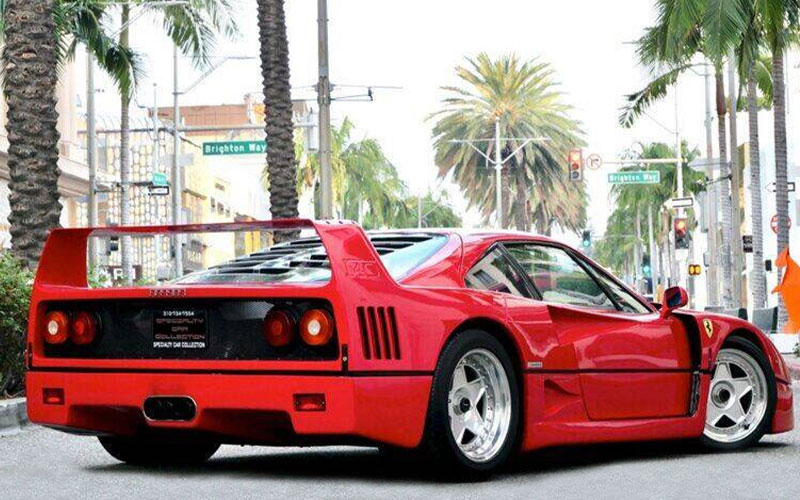
But it was not my pick for the most timeless design. That honor goes to the Ferrari F40. While Porsche stuck with a design, honing it for years to the razor’s edge it is today, Ferrari has continually sought out freshness as well as speed. The F40 has both in abundance. Its midship 2.9L twin-turbo V8 and its 478 horsepower takes care of the latter. The former owes to Pininfarina, the designer of many Ferraris, and their designer Pietro Camardella. The F40 was built to honor Ferrari’s fortieth anniversary and features a timeless design unsurpassed before or since among Ferrari’s many legendarily beautiful cars.
Starting at the front: note the gently sloping nose and oh-so- ‘80s pop-up headlights. As your eye moves down the car, you’ll note the car’s angularity is executed without many perfectly straight lines. Though long, they feature subtle arcs like the bowing of the paper’s creases in origami. The middle of the car is a perfection of this straight vs. curved contrast where the waist of the car pinches inward, offset from the front and rear wheels, but just below the sill is resolutely straight. There are NACA ducts on the hood and side of the car, the flared nostrils of a prancing horse. The engine is covered in transparent Lexan plastic, itself slatted, and lays bare the thrumming heart of the car for all to see.
The motif of slits is repeated across the rear bodywork. A large wing commands much of the rearward attention. It’s not quite Superbird sized, instead proportional as it is pronounced. In back, we find larger perfectly round double taillights set in a large and otherwise unadorned black mesh. Below is the centrally located tri-tipped exhaust, one pipe, central and round, is flanked by two oblong pipes. One straight line is the black line that works its way around front to back under the headlights, cutting through the wheel wells, and bisecting the rear bumper. The car is perfectly proportioned front to rear but with a wrestler’s stoutness side to side. Its low-slung stance accentuated by tall wheel arches, like a sprinter in the blocks. The Ferrari F40 was exceptional in its day, and it remains so even to the most jaded of modern eyes. That’s what makes it a timeless car.
Jesse Batson
1970 Chevrolet Corvette
Short List
1965 Shelby Cobra
1973 Volkswagen Beetle
1999 Jeep Wrangler
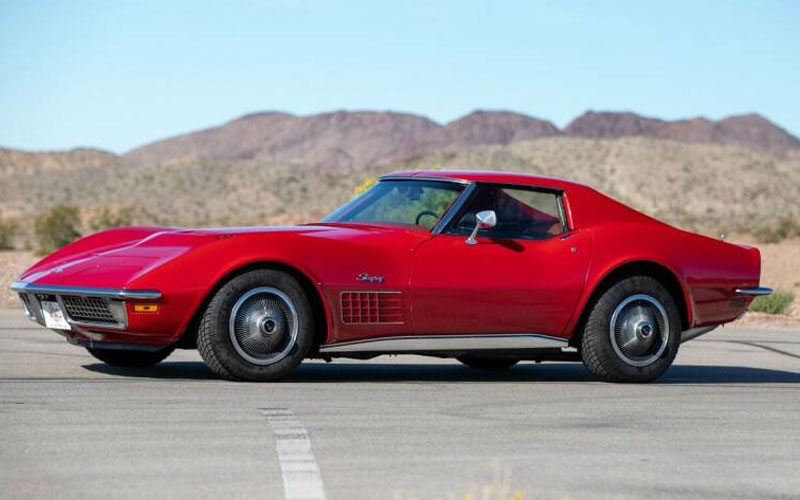
This month’s topic wasn’t a difficult choice for me. Sure, there are some contenders. The Volkswagen Beetle is recognized worldwide. It made for a great look, whether in its original form or as a modified Baja Bug. There’s a reason it’s not only one of the Best-Selling Cars of All Time, but also one of the Most Beloved Cars of All Time. The Jeep Wrangler is another one. There’s no mistaking what you’re looking at. If you look at the Jeep Wrangler through the years, the design has changed a bit, but the overall look has stayed the same. You don’t change what doesn’t need to be changed. Finally, on the shortlist, all Mustangs are cool, but the Shelby Cobra takes it up a notch. It was light, it was powerful, and it had great curves. Carroll Shelby hit a home run with that one. It’s classic.
However, there’s one car that tops all of those for me. It’s the C3 Corvette. I’m a fan of most Chevrolet Corvettes, but I’ll admit that the newer designs just don’t appeal to me, especially if I’m comparing it to the Stingray! It just doesn’t get better than that. The revised 1963 C2 Vettes were stylish, but the C3s took it to the next level. The shark-inspired Corvette took notes from the Chevy Mako Shark II, using the sleek lines to improve aerodynamics.
Not only was the new body more functional, but it really ended up being a timeless design. From the side, the front, and the back, the Stingray is impressive at any angle. The trademark round taillights and the pop-up headlights weren’t new to the C3, but they were kept. That was a smart move. The C3 was innovative in other areas, though. C3 coupes were the first U.S.-built cars to feature removable T-top roof panels.
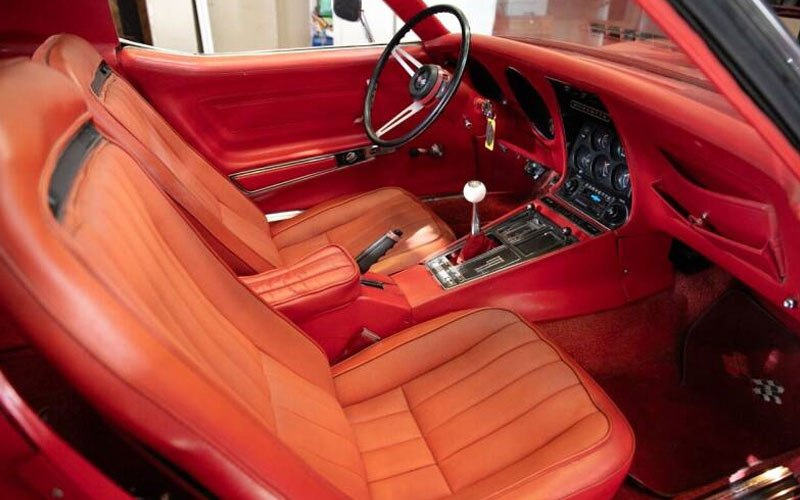
The specific C3 Vette that I chose wasn’t a T-top, but it didn’t need to be. That’d be a bonus. It does have an egg-crate grille and front fender side vents, which replaced the vertical vents from the ‘69 model. This 1970 Chevrolet Corvette shines with that almost candy apple-red exterior coloring. It’s got chrome mirrors, red leather seats, a red dash, and red carpeting. It’s all red with a bit of chrome and a splash of black, inside, and out. Now, I like the red body color, but I’d settle for a whole list of other colors, too. The third-generation Corvette Stingray is one car design that looks good with any color body paint. Case in point, this silver 1975 Corvette, this Ontario orange 1972 Corvette, this Sunflower yellow 1972 Corvette, the blue 1973 Corvette, this Elkhart green 1973 Corvette, this War Bonnet yellow 1972 Corvette, and this Fathom Green 1969 Corvette. OK, now I’m just using this as an excuse to show off as many cool C3 Corvettes as possible, but it is true. There isn’t a color that doesn’t look good with this design.
Obviously, with a $54,995 price tag, this 1970 Stingray doesn’t have the rare ZR-1 in it, but it does have a LS5 7.4-liter V8 engine that puts out 390 horsepower with a manual transmission and rear-wheel drive. It’s got 6,039 miles on it. I’d probably swap out the tires, or at least detail them to get more of a black shine. Overall, it looks good.
The vehicle description for this particular 1970 Corvette is a little bit light, but there are plenty of photos that show the undercarriage, interior, and outside. From what I can see, though, I like it. Regardless of the model year and the engine differences or the slight design tweaks, the CS3 Corvette Stingray is my pick for the most timeless car design. Any CS3 Stingray. It’s that good!


